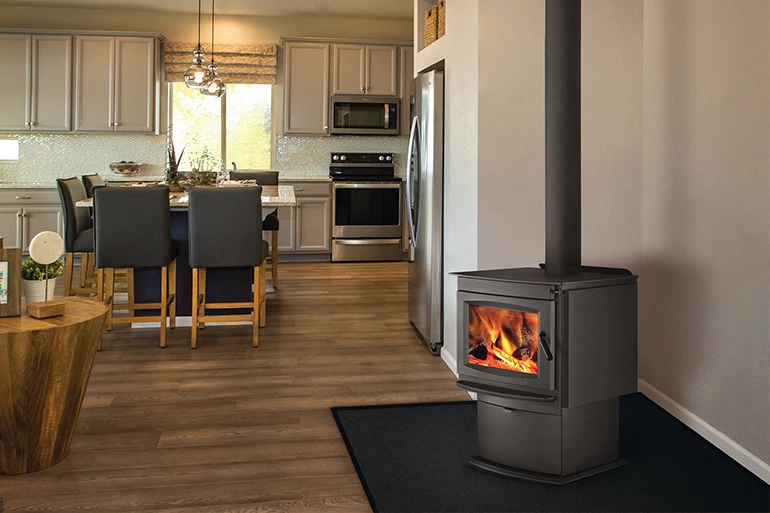EPA Emissions Guidelines and the Future of Wood Burning Stoves and Fireplaces
Wood burning stoves have come a long way since the first EPA emissions standards, but are they still a good investment? We'll walk you through the progression of the EPA standards and how new technology has transformed the industry. The road to cleaner, more efficient stoves wasn't easy, but manufacturers have succeeded in adapting the wood burning stove to today's high standards for efficiency and a clean environment.
Pre-EPA Wood Stoves and Their Downfall
Despite the fact that wood stove refinement made noticeable advances from the late 1800s to the mid-20th century, the explosion of populations in city suburbs and the popularity of wood appliances led to a marked decrease in air quality.


